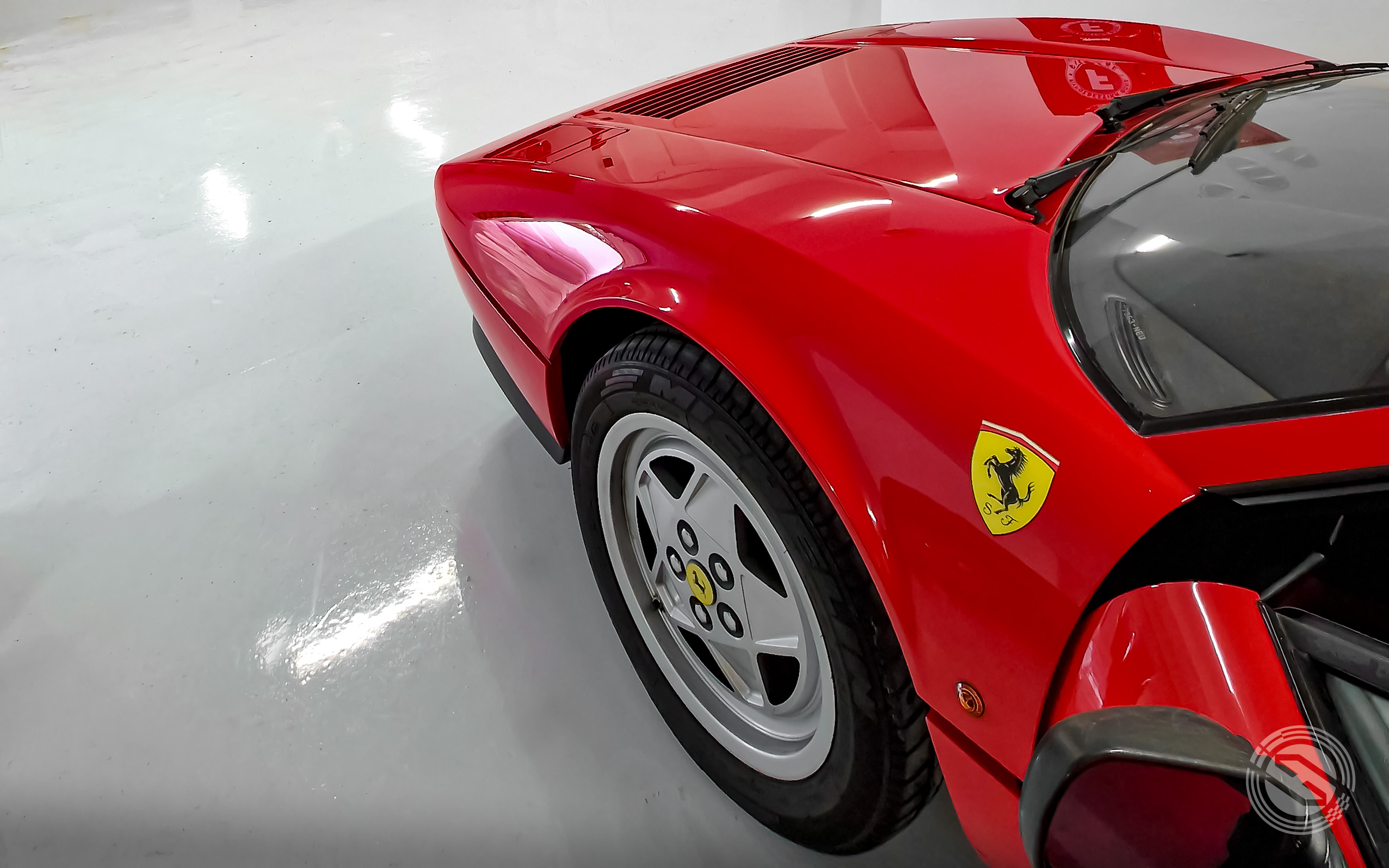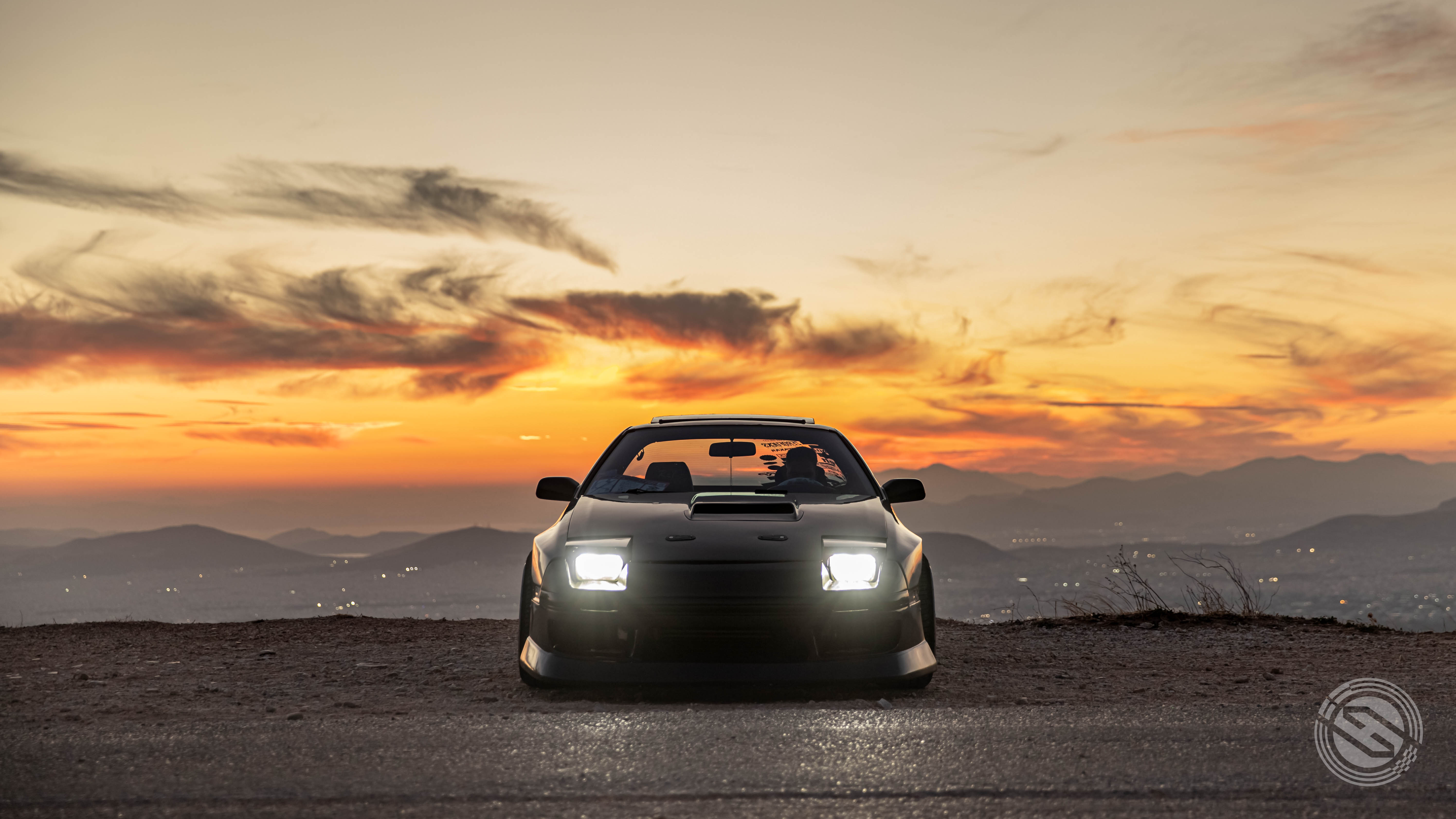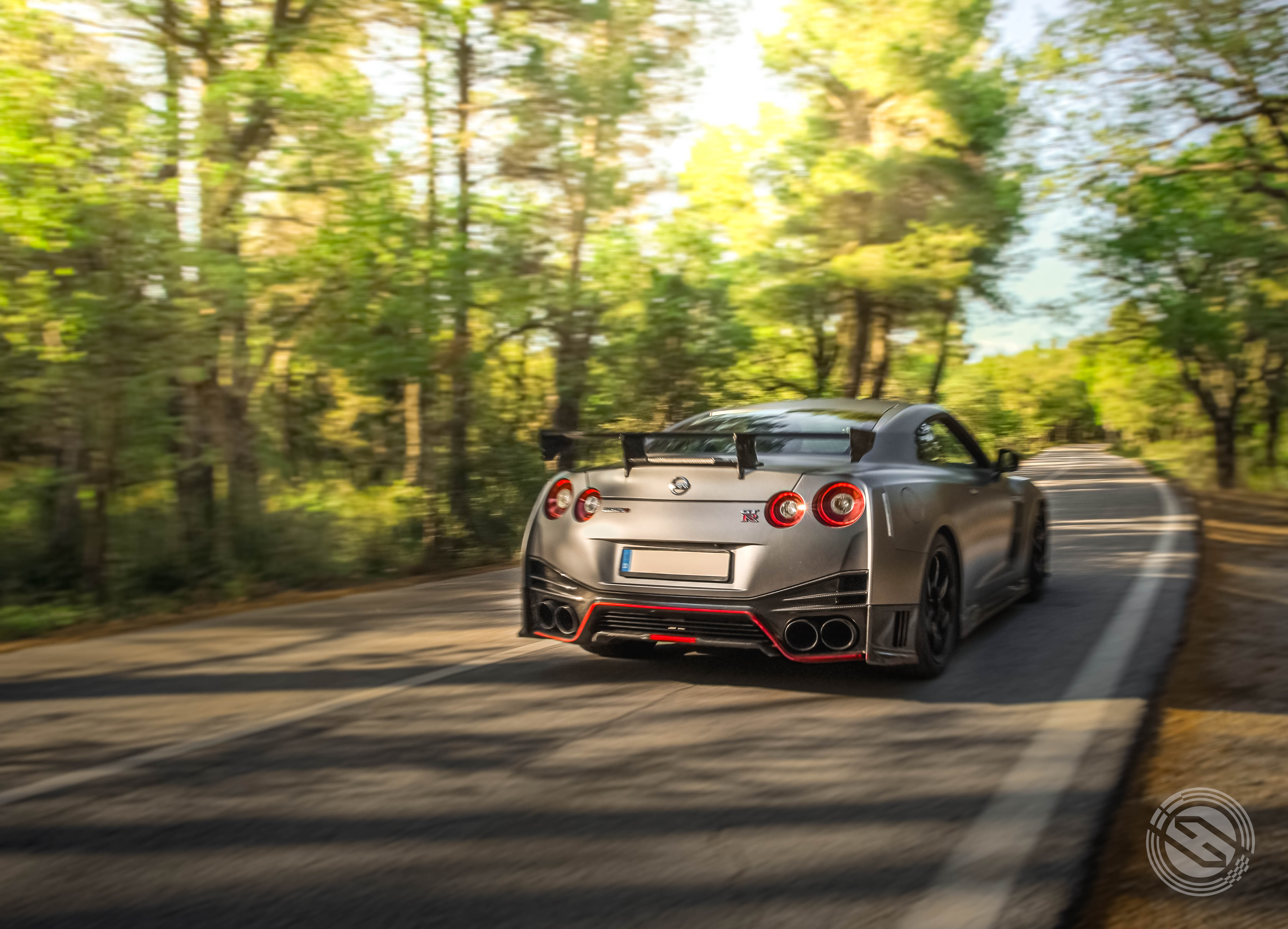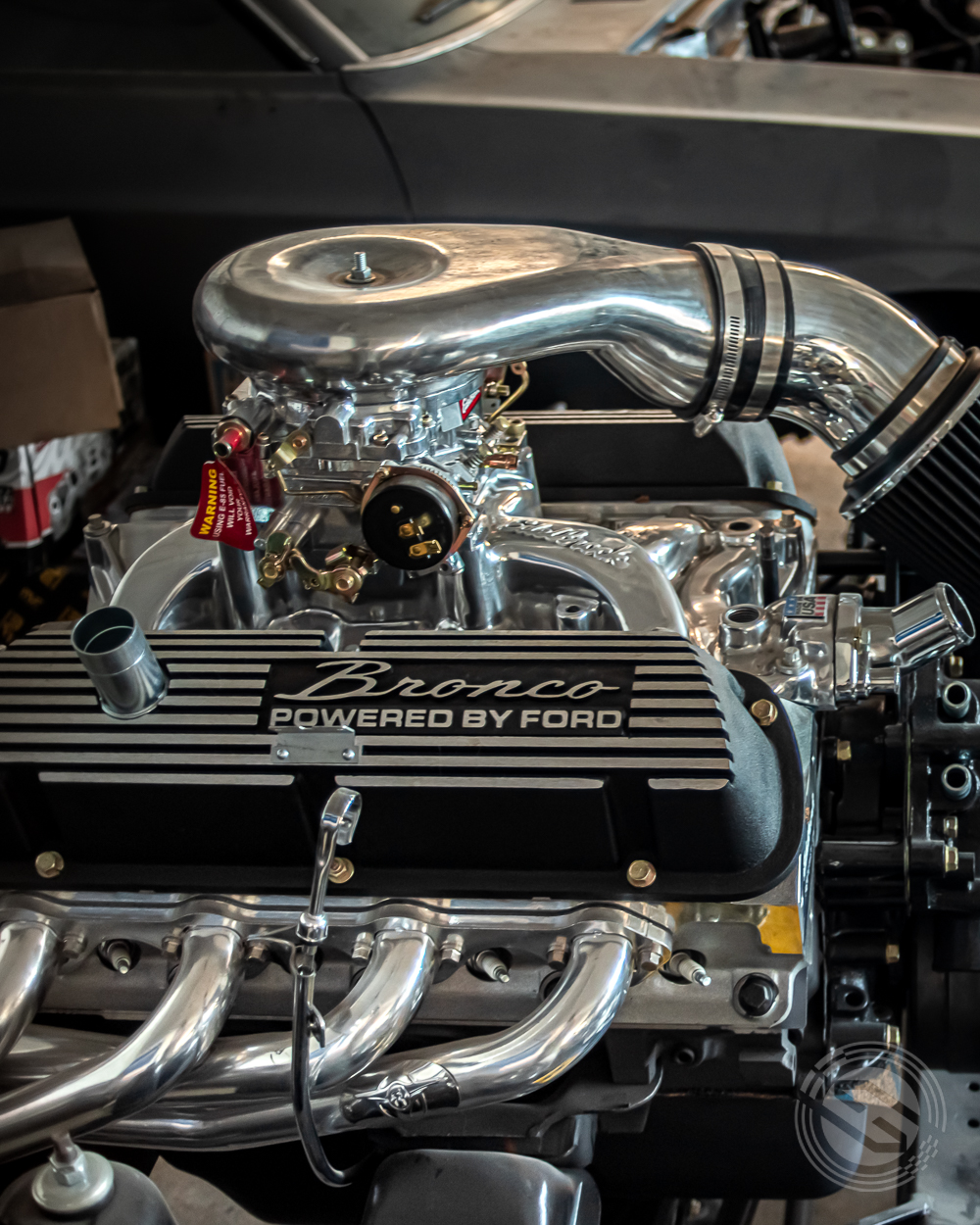18 June 2024
PART 1: HP, PS, CV, Nm, and Donkeys
Power: kW, PS, CV, HP, BHP, mules..?'
Boring stuff: Physics lesson - "Power" is seen when "work" is done. "Work" is when energy is used to do something, and that "work" is measured in Joules/time. So:
- Power = Supply of Energy (Either mechanical or electrical).
- Watt/kW: A Unit of Power (electrical) measured in Joules/Second. 1 kW = 1000 Watts, or 1000 Joules/second. (100 HP = 74.6 kW = 74,600 Watts = 74,600 Joules/second).
The V E R Y Boring Stuff:
- A "Joule" is a unit of energy. How much energy? This much: 1L Gasoline = 36,540,000 Joules. Or: Bugatti Veyron at full speed for 1 Hour = 2.69 Billion Joules of energy used.
Interesting stuff:
- HP: "Horsepower", or otherwise known as "Mechanical Horsepower", from the 1770's, was used by James Watt to try and explain to people how much power a steam engine has, compared to horses. He did this to show people how strong the steam engine is. Horses are very strong too, so to make it sound more impressive, he made up the following claim to make the numbers 15 times higher (the true power of a horse is actually 15 "HP"): James claimed that 1HP can lift ~45 tons 1 meter, in 3 minutes. Except he used imperial units, which means I have to use them now too... His numbers are: 33,000 pounds over 1 foot in 1 minute. This theoretically means that a horse can "lift" 675 tons 1 meter in 3 minutes. To give you a clearer idea, the average man has the strength of ~1"HP" (1 Mechanical Horsepower). But this is confusing and almost random by European standards, so:
- PS: In Europe, a normal, logical region of Earth, an attempt was made to measure power with science, and so the
pthferderstarche,PferdeStäke - which just means "horse power" in German, of course - Was "rediscovered". It was the better "HP". It is what we call "metric" horsepower, and not "mechanical" horsepower.
(Basically, James Watt's formula was used but with converted units from imperial to metric (i.e. from Feet to Meters, and from lbs (pounds) to kg.) So, as an example (Yes, I use a lot of examples): 1PS = 1.01HP, or 1,000PS = 1,014HP. Hopefully you see now how small the difference is and why people don't really care that much about which unit is used.
- BHP: I used to think "B" = "British", since they're the only ones who seem to use this type. It actually means "Brake" (*not "break"*), which means that BHP is the HP after losses, such as road friction, drivetrain power losses, pumps (steering pumps, etc.), and is therefore the "gross"/"pure" horsepower of an engine, after the car uses some of its total power. This seems like a more honest way to measure the power, however it ignores the engine's abilities and focuses a bit more on the engine's struggles. On the other hand, BHP can be used to recognise a car's overall efficiency in using the engine when an engine is used in many different vehicles. For example, BMW M and AMG use roughly the same engines in most models. But a smaller ///M or AMG car will always have a higher BHP than an X7 M or G-Class AMG with the same engine if the engineers bother calculating the BHP figures for each model.
- CV: French Lesson time: Chevaux Vapeur = Horse Power (Wow, weird), and so, as you can imagine, the French have of course found a way to also contribute to the world in the world of cars as well. While "Chevaux Vapeur" just means "horse power" in French, the initials "HP" were used for the metric horsepower unit (PS), and "CV" was used for the "taxable" horsepower of a car, something which we do all over Europe even until today. The perfect example for this, of course, is the Citroen 2CV - A car with only 29HP, but which was taxed at a very low "Horsepower Tax" of 2 horses using a weird formula that we don't really care about. Finally, a small fun fact, is that that's why the 2CV was named like that, because it showed off its low Horsepower tax, despite having more power than other cars of the time with twice the CV, such as the Renault 4CV which only had 17HP.
- kW: Same as Watt, but X1000. Often used for electric cars, which we care little about.
- Donkeypower: So, which is the best measure for power? "Donkeypower" can be seen to be the best measure of power, thanks to their ability to do this.
Torque: The understated, and underestimated performance figure of motors.
Those who know what torque is, I think will agree with me when I say that the bicycle example is the best to use. To those who don't know what I mean, here is the example:
When you ride a bicycle, you "press down" on the pedal to move - You are the engine, and the gears and rear axle are the gear box + drivetrain. Your (the "engine's") torque, is how much power you have/are able to push down on the pedal in the rotational movement that the pedal goes. A lot of torque means you can rotate it easily, even with a lot of overall vehicle weight. For comparison, HP is how fast you can pedal, and the gearing ratios dictate the multiplier effect of your torque and horsepower.
So: More HP = faster top speed, and More Torque = stronger "pulling" power (or "pushing" power in the case of bulldozers for example).
And, to clarify things, the middle-school example of "HP is how fast you hit the wall, Torque is how far you push it" is a fun way to try and distinguish the two, but that analogy is as useless as a Hummer H1 at a DriftMasters event, because even though it sounds fun to think about, it just doesn't do the job.
How to Torque is measured:
- lb ft. (This goes first on the list to get it out of the way): "Pound-Foot" = One pound of pressure (2.2 Pounds (lbs) = 1 kg, or 1 lb = 0.454 kgs) on a 1-Foot (30.5cm) lever. To imagine that, think of 2.2kg on a bike pedal which is 30.5cm from the center. So, if you weigh 165 pounds (75kg) and put all your weight on the pedal which is on a "lever" 30.5cm long from the center of the pedal axle, you are using 165lbs ft. of torque to pedal the bike. (Please notice that lb ft (Pound-Feet) is not ft. lbs (Foot-Pounds) - I know. I know. Super annoying. The second one measures something esle - Lateral force, rather than rotational force (Torque)..
- Nm: Time for the normal unit after that imperial headache - Newton meters. This is easier to understand, just use the same example as above, but instead of pounds and feet, its just Newtons and meters. And to make it even easier for those who don't know: 10Nm = 0.98 kg of force. So in the same bicycle example above, you would be exerting ~735Nm of force on the pedal.
And to make it easy-ish to convert on the spot when watching videos, reading, or talking about car specifications, remember that Nm figures are X1.36 of the lbs ft. figures. A car that has 1000lbs ft. of Torque, has 1,355Nm of Torque, which is approximately 137kg @ 1m leverage. OR, 60 lbs ft. = ~810Nm = 82.5kg-m.
Now, to finalise, the word "Torque" coming from Latin, means "to twist", or "to rotate", and this is the significance in understanding engine performance figures for vehicles - Trucks and Tractors have much more torque in order to slowly but capably pull many tons of weight, even on bad surfaces with a lot of resistance like mud, or steep roads. And torque is only really needed when there is a lot of weight present, as it uses that resistance to come into use. A go-cart, or small cars like the Lotus Elise, S2000, etc., do not need torque as much as they need HP, because they are light enough to take off even with only a little bit of force.
Here is an awesome video of Torque (Twisting Force).
Quick conclusion of the two: Torque is a vehicle's engine's ability to pick up and go, and to "haul ass" as our American friends say, whereas HP is the "how fast can it go?" part.
Enjoy some high hp & torque engines in the photos:

Ferrari 208 GTS Turbo
Yes. A 2.0L V8. With a turbo. In a Ferrari.
20 April

SR20 RX-7 Drift Toy
A "Best of Both Worlds" Project
1 November 2024

Porsche GT3 Touring
John Wick's Night Rider
1 July 2024

Nissan GT-R Nismo - In Green
Arcade - But Real Life.
21 April 2024

